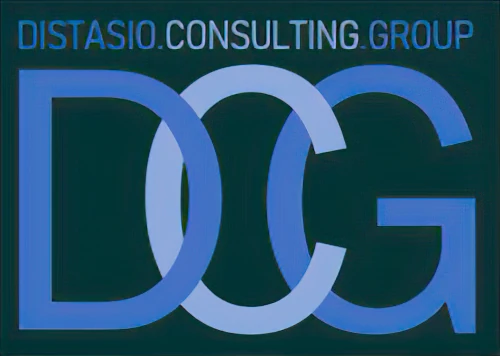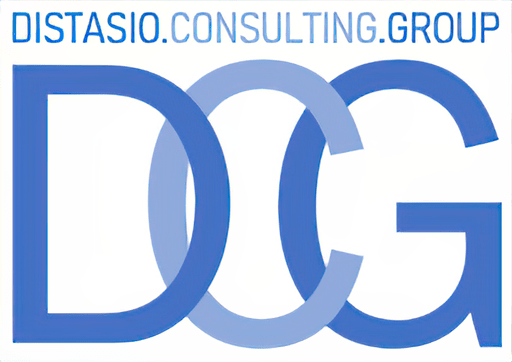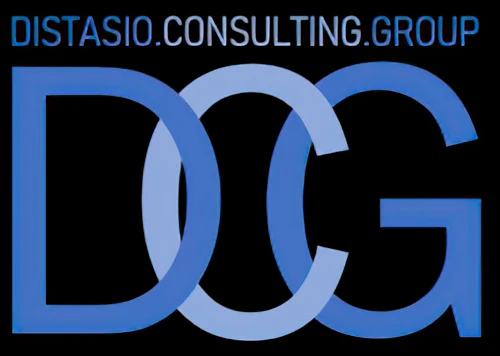Timeline of the Rollercoaster
| Nov. 17 | OpenAI board fires CEO Sam Altman and President Greg Brockman after removing Brockman from board. Mira Murati named interim CEO. |
| Nov. 18 | Altman’s firing over “communication breakdown”, not “malfeasance”, per COO Brad Lightcap memo. |
| Nov. 18 | Investor Khosla Ventures wants Altman back at OpenAI “but will support him either way”. |
| Nov. 18 | Some employees consider quitting to join Altman’s new venture if he’s not restored as CEO by the weekend. |
| Nov. 19 | Altman discusses returning to OpenAI, also considers new AI startup. |
| Nov. 20 | Microsoft hires Altman, Brockman and colleagues for new advanced AI research team. |
| Nov. 20 | Former Twitch CEO Emmett Shear named OpenAI interim CEO, pledges investigation into Altman’s exit. OpenAI board approaches Anthropic CEO about merger or taking over. |
| Nov. 20 | Nearly all OpenAI staff threaten to quit and join Altman at Microsoft if board doesn’t resign. |
| Nov. 20 | Some OpenAI investors explore legal options against company board. |
| Nov. 21 | Altman restored as CEO, Brockman returns, new 3-person board named |
Source: Reuters
With Microsoft, a strategic partner with a 49% stake, one would think OpenAI had a designated role for a Strategic Partnerships Executive – but instead, as it is often done in many startups due to lack of resources (not in the case of OpenAI…) it seems this function was overlooked. This is a great lesson in the dynamic of partnerships, and how sometimes, a strategic partner can offer the best solution and path forward.
In the world of tech, where innovation often outpaces regulation, governance remains a crucial yet often overlooked aspect. The recent turmoil at OpenAI, marked by the abrupt dismissal and rehire of CEO Sam Altman serves as a stark reminder of this reality. This event was not just a blip on the radar of tech news but a pivotal moment underscoring the need for robust governance, especially in companies holding the reins of transformative technologies like AI. Kara Swisher and Scott Galloway did an excellent job covering some of OpenAI’s Board Blunders in their most recent Pivot Pod. But let’s take a quick look at some of the key governance mistakes and what every Tech Leader can learn from OpenAI’s debacle.
Key Governance Mistakes at OpenAI
Unconventional Board Structure: OpenAI’s board, initially designed more as a safeguard against AI misuse than traditional corporate oversight, lacked the conventional structure necessary for effective governance.
Lack of Experienced Voices: The board’s composition at the time of Altman’s firing lacked the depth of experience found in more traditional tech company boards.
Absence of the Board Chair in Crucial Decisions: Greg Brockman’s absence during the critical meeting that led to Altman’s firing is a glaring governance anomaly.
Poor Timing and Communication: The decision’s announcement on a Friday afternoon and the lack of transparent communication further muddled the situation.
Exclusion of Key Investors in Decision-Making: Notably, major investors like Microsoft were left in the dark, a misstep in any company but particularly egregious given the stakes involved.
The Role of Strategic Partnerships
In the landscape of technology, strategic partnerships form the bedrock of innovation and market expansion. The head of partnerships, therefore, plays a critical role in guiding a company through these collaborative ventures. In the case of OpenAI, the lack of involvement of key figures in partnerships, especially when a significant investor like Microsoft is part of the equation, was a significant oversight.
Microsoft’s Blindside
Microsoft’s investment in OpenAI, to the tune of $13 billion, signified a deep trust and expectation of collaboration. The sudden upheaval, with Sam Altman transitioning out, left the tech giant blindsided. This could have been mitigated had there been better communication and involvement of Microsoft in the board’s decision-making process. IMHO, the head of partnerships at Open AI should’ve pressed on the importance of letting Microsoft know what they were planning.
Avoiding the Pitfalls
The OpenAI saga is a cautionary tale, underscoring the importance of:
- Involving key stakeholders, especially strategic partners, in major governance decisions.
- Ensuring a balanced and experienced board.
- Maintaining transparency and open communication channels.
As we navigate the complex intersection of technology, ethics, and governance, the OpenAI scenario offers invaluable lessons for any successful technology start-up.
Where was the Head of Partnerships in all of this?
With AI redefining what’s possible, strategic alliances have become essential for companies seeking to harness these advancements. In this environment, the role of a Strategic Partnerships Executive is increasingly critical. This individual is more than a liaison between organizations or visionaries who identify synergies and foster collaborations that drive innovation. The Strategic Partnerships Executive (or Head of Partnerships) plays a key role in circumventing potential governance issues. Their deep understanding of both the technological landscape and the intricacies of partnership dynamics enables them to foresee and navigate challenges that may arise from complex collaborations. They work proactively to establish clear governance structures within partnerships, ensuring alignment in objectives, ethical standards, and operational practices. This foresight helps in mitigating risks and safeguarding the interests of all parties involved.
Often overlooked, a great Strategic Partnerships Executive can hold the keys to take a company all the way to IPO, or even acquisition. Not sure who fell asleep on the wheel at OpenAI, but a little consultation with a Strategic Partnerships Executive could have maybe not circumvented the chaos (they were going to do what they were going to do), but it could have most definitely prepared them for mitigating the aftermath.
DiStasio Consulting Group specializes in fostering strategic AI and cloud partnerships to drive business innovation and growth. Leveraging our expansive network and deep industry expertise, we create bespoke strategies that help clients form synergistic collaborations with the right partners. We are not just consultants but nurturers of long-term partnerships that evolve with your business and the technology landscape.
Schedule a free 30-minute consultation and take the first step towards unlocking your business’s potential through the power of partnerships.






